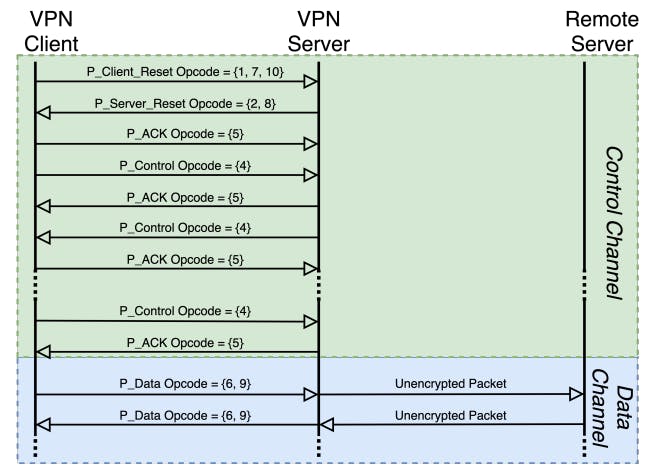Authors:
(1) Diwen Xue, University of Michigan;
(2) Reethika Ramesh, University of Michigan;
(3) Arham Jain, University of Michigan;
(4) Arham Jain, Merit Network, Inc.;
(5) J. Alex Halderman, University of Michigan;
(6) Jedidiah R. Crandall, Arizona State University/Breakpointing Bad;
(7) Roya Ensaf, University of Michigan.
Table of Links
Abstract and 1 Introduction
2 Background & Related Work
3 Challenges in Real-world VPN Detection
4 Adversary Model and Deployment
5 Ethics, Privacy, and Responsible Disclosure
6 Identifying Fingerprintable Features and 6.1 Opcode-based Fingerprinting
6.2 ACK-based Fingerprinting
6.3 Active Server Fingerprinting
6.4 Constructing Filters and Probers
7 Fine-tuning for Deployment and 7.1 ACK Fingerprint Thresholds
7.2 Choice of Observation Window N
7.3 Effects of Packet Loss
7.4 Server Churn for Asynchronous Probing
7.5 Probe UDP and Obfuscated OpenVPN Servers
8 Real-world Deployment Setup
9 Evaluation & Findings and 9.1 Results for control VPN flows
9.2 Results for all flows
10 Discussion and Mitigations
11 Conclusion
12 Acknowledgement and References
Appendix
4 Adversary Model and Deployment
We assume a realistic censor (ISP) capability model based on knowledge from previous measurement studies on the arms race between censors and circumventors [1, 11, 56, 71]. We outline a censor-controlled on-path filter that passively observes and examines passing network traffic. The filter is stateful, but has limited resources and can maintain a limited amount of per-connection states for a short time. The filter is also constrained by long-term data storage and computational resources. In addition to filters installed inside the monitored networks, we assume the censor also operates measurement machines that can send protocol-specific probes to further confirm the detection result. Such two-phase systems have already been adopted by real-world censors such as the GFW against Tor and Shadowsocks [1, 71]. Finally, we expect the censor is familiar with the protocol of interest and has access to the different obfuscators deployed by VPN providers (e.g., as a paid customer). We emphasize that this threat model corresponds to censor’s capabilities as observed in practice today, rather than future capabilities.
To investigate the fingerprintability of OpenVPN and existing obfuscated solutions, we set up a two-phase detection framework in order to answer our key questions: 1) whether real-world censors are capable of performing such detection, and 2) whether it is economical to do this at scale. Figure 2 shows an overview of our framework deployment. Partnering with Merit, we instantiate a Filter on a Monitoring Station overseeing mirrored traffic from a router that handles 20% of the ISP’s traffic. The Filter performs passive fingerprinting over raw packets, exploiting traffic features unique to OpenVPN. IP and port information of flows flagged by the Filter are forwarded to a probing system and then distributed to dedicated Probers. The Probers send a set of pre-defined probes specifically designed to fingerprint an OpenVPN server. Finally, probed servers that are confirmed as OpenVPN are logged for manual analysis. Such a two-phase framework resembles how real-world censors operate: lightweight filtering followed up by more expensive, but also more accurate, active probing. This framework is capable of processing massive traffic in real-time while also preventing excessive collateral damage.










